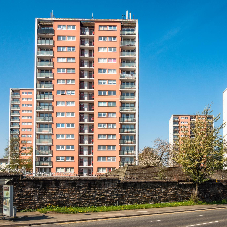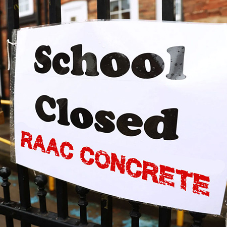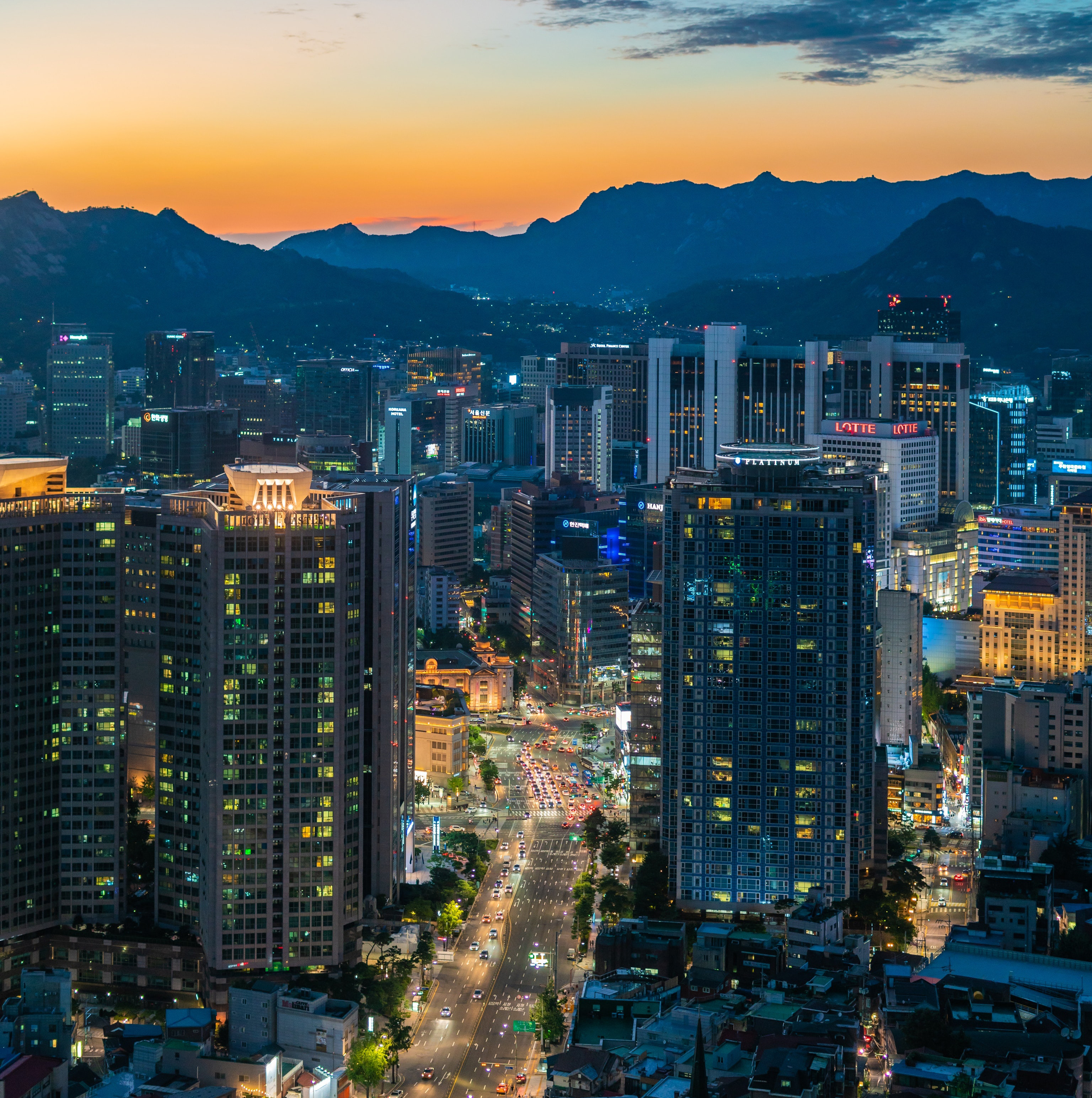When you think of the World Cup you immediately think of goals, penalties, hype, joy, heartbreak, Pele, 1966, Brazil, and so on. However, one aspect of the ‘greatest show on earth’ that may not readily come to the forefront of your mind is the great stadiums that allow the stories to be created. We all remember the ‘hand of God’ in 1986, but do we as easily recall in which stadium it took place? I have decided to take a look at 6 stadiums that, in my opinion, are synonymous with the world cup.
Wembley Stadium, London
The title may be misleading, as I am not talking about the current Wembley, magnificent though it is, rather ‘the original’. How else can I start my look at 6 iconic world cup stadiums without talking about the venue in which England lifted their one and only world cup?
Opening in 1923, the stadium was first known as The British Empire Exhibition Stadium, and was built by Sir Robert McAlpine. Construction cost was £750,000, which would barely pay for a footballer these days, and the first event held there was the F.A Cup final between Bolton Wanderers and West Ham United. The stadiums distinctive twin towers would become its trademark, and quickly became its nickname. The stadium was ahead of its time in both size and design, to this day it is still known as ‘the home of football’.
Stade de France, Paris
Watching my first ever world cup in 1998 as a starry eyed 10 year old, I was taken aback by the sheer scale, size and atmosphere created at the Stade de France. It may have helped that the host country were the eventual champions, but when I think of my first would cup I immediately think of the
Stade de France.
The stadium was built specifically for World cup 1998, and has a capacity of 81,338, making it the sixth largest stadium in Europe. Costing a cool €290 million, and designed by architect Michel Macary, this beautiful stadium in Paris will always be remembered as the venue in which the host country became World champions, for the first and only time to date.
Allianz Arena, Munich
The Allianz Arena sticks in my mind as being the most eye catching venue to ever host a world cup match. The stadium hosted several matches, including one of the semifinals, during the 2006 world cup.
Opening in May 2005, the Allianz cost €340million and has a capacity of 69,901. Designed by architects Herzog & de Meuron and ArupSport, what makes this structure so unique is the fact that it was the first ever stadium with a full colour changing exterior. To see the ground illuminated in either red or blue for a night game is truly a sight to behold.
Estadio do Maracana, Rio de Janeiro
Growing up in football, you quickly realise that Brazil are pretty good at it. However, it is not just on the pitch where the Brazilians have revolutionised the game. The Estadio do Maracana was the venue for the 1950 world cup final, which Brazil lost to Uruguay, and the largest ever world cup attendance was recorded, official statistics suggest a staggering 173,000 spectators witnessed the match.
Opened in 1950, the Maracana has since been partially rebuilt, in preparation for the tournament about to get underway. However it is the original that will be looked back on as the venue in which the biggest ever world cup attendance was recorded, and where the greatest team on Earth played their football.
Soccer City, Johannesburg
The 2010 World cup in South Africa will not be too fondly remembered as a festival of football, but rather a damp squib, certainly on the pitch at least. However the first national bank stadium, better known as Soccer City, in my mind quickly became the iconic image and feature of the first ever World Cup to be held in Africa.
Opened in 1989, with a capacity of 94,736 and costing $440million, Soccer City was also the venue in which Nelson Mandela gave his first speech in Johannesburg after his release from prison in 1990. It embodied the culture of the African people, with the sound of Vuvuzela’s echoing around the ground synonymous with the 2010 tournament. Designed by architects Boogertman & partners, this stunning stadium was the focal point of South Africa 2010.
Sapporo Dome, Sapporo
Perhaps the most ‘quirky’ in my list is the Sapporo Dome in Sapporo, Japan. Used as one of the stadiums to host the tournament in 2002, it was the first time I had witnessed a world cup match being played under a retractable roof, creating a strangely unique atmosphere.
The ground opened in June 2001, with a capacity of 41,484, making it the smallest stadium to feature on this list. What makes the dome so interesting is that it switches between two entirely different surfaces for baseball games and football games, with the two different surfaces sliding in and out of the ground when needed. Designed by architect Hiroshi Hara,I will remember the Sapporo Dome for being one of the most technologically advanced world cup stadiums to date.
What stadiums bring back the most memories for you?
Related Blog Articles



crop192.png)












